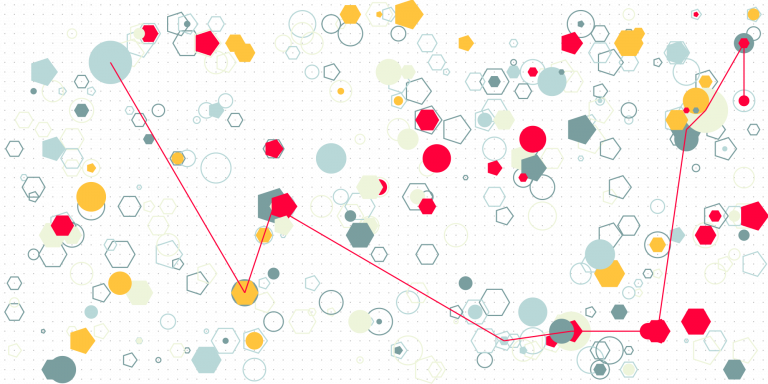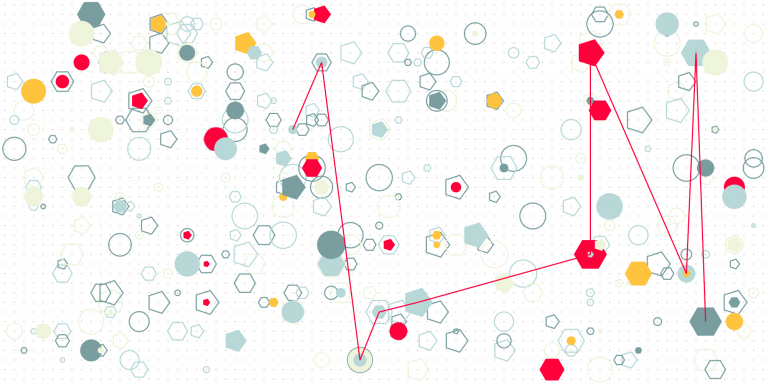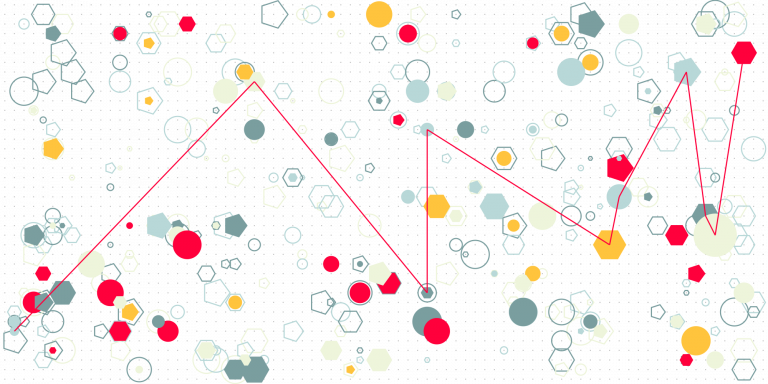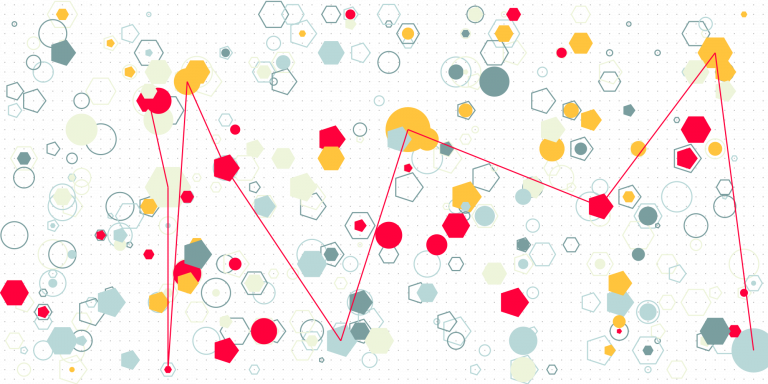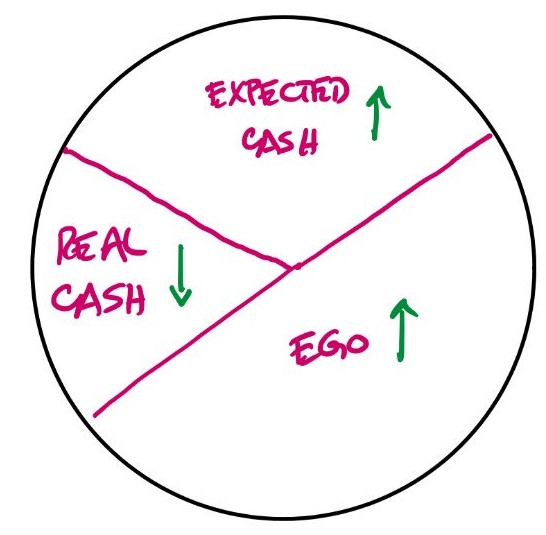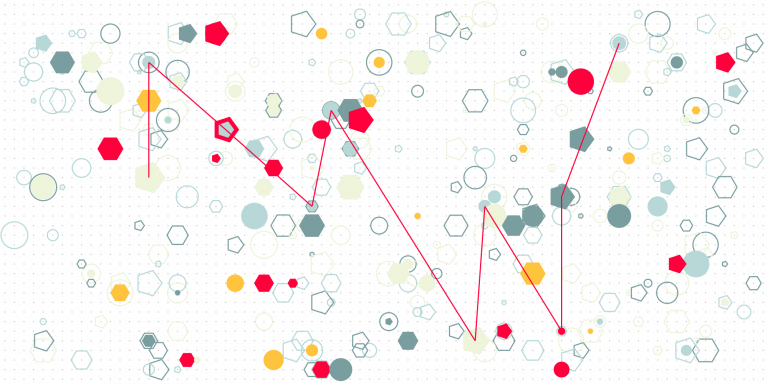Does the EU AI Act apply to most software?
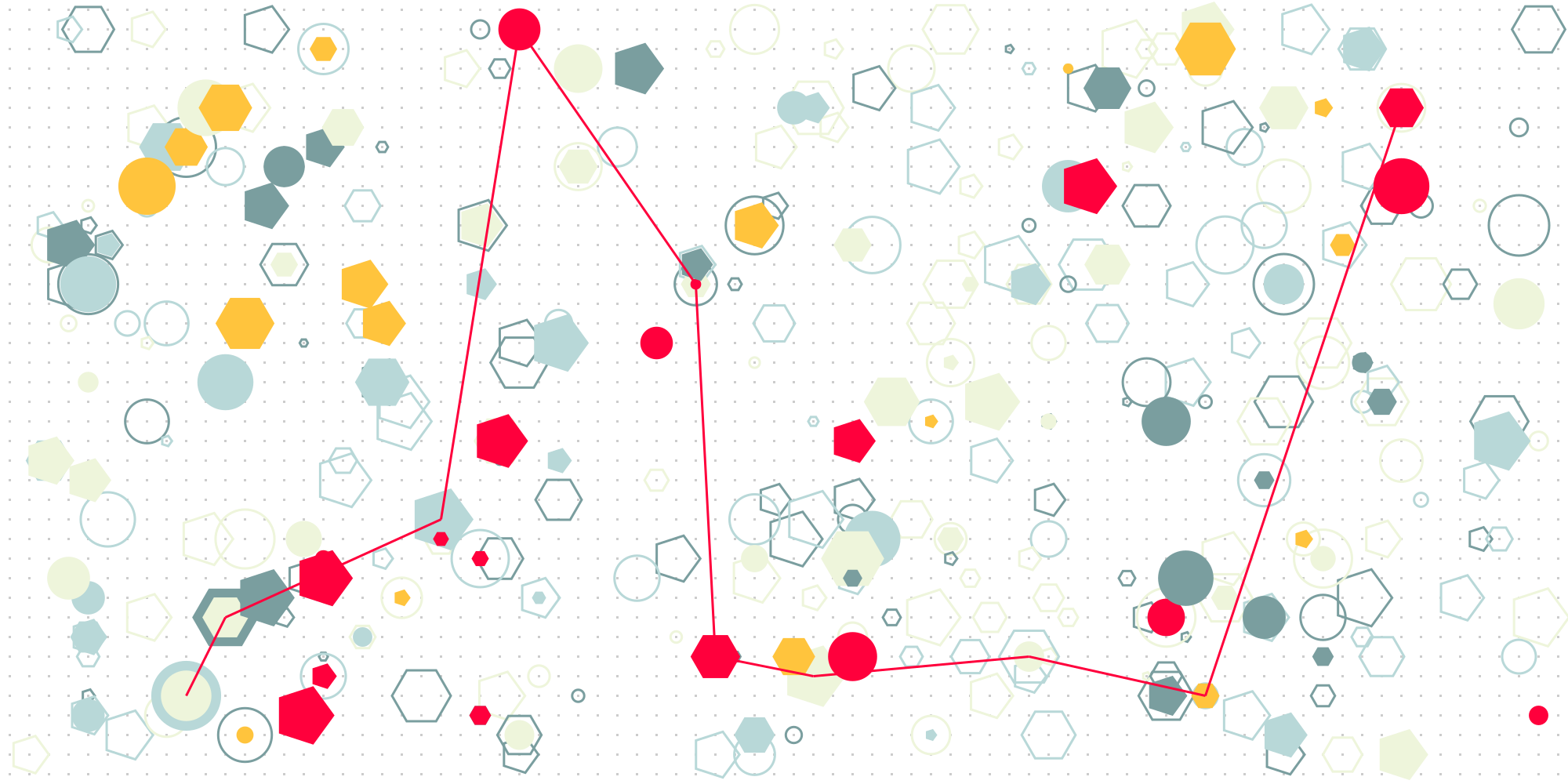
Does the EU AI Act apply to most, if not all software? It is probably not what was intended, but it may well be the case.
The EU AI Act, here, applies to “artificial intelligence systems” (AI system), and defines AI systems as follows:
‘artificial intelligence system’ (AI system) means software that is developed with one or more of the techniques and approaches listed in Annex I and can, for a given set of human-defined objectives, generate outputs such as content, predictions, recommendations, or decisions influencing the environments they interact with;
The following is Annex I in its entirety:
(a) Machine learning approaches, including supervised, unsupervised and reinforcement learning, using a wide variety of methods including deep learning;
(b) Logic- and knowledge-based approaches, including knowledge representation, inductive (logic) programming, knowledge bases, inference and deductive engines, (symbolic) reasoning and expert systems;
(c) Statistical approaches, Bayesian estimation, search and optimization methods.
Consider software that turns on the heating on the basis of a user-defined condition of the kind “if measured temperature is below X, turn heating on, and keep it on until temperature is Y”. It meets the following condition: “for a given set of human-defined objectives, generate outputs such as content, predictions, recommendations, or decisions influencing the environments they interact with”.
Does it meet any of the conditions in Annex I? It seems to meet condition (b): rules such as the one I used in the example is a clause in logic programming (see Wikipedia).
It seems straightforward to say that there is software which does not meet condition (a) in Annex I. If anything, machine learning is recent, and we’ve been developing software much longer than we’ve been doing machine learning.
Condition (b) makes things more complicated, as it broadens considerably the applicability of the EU AI Act. If “technique” can mean “programming language”, then we’re in trouble – the EU AI Act applies to most software. Note the definition of “programming language” in Wikipedia:
A programming language is a system of notation for writing computer programs.[1] Most programming languages are text-based formal languages, but they may also be graphical. They are a kind of computer language.
The description of a programming language is usually split into the two components of syntax (form) and semantics (meaning), which are usually defined by a formal language.
And “formal language” is defined as follows, Wikipedia again:
In logic, mathematics, computer science, and linguistics, a formal language consists of words whose letters are taken from an alphabet and are well-formed according to a specific set of rules.
It looks like only techniques that do not use formal languages to develop software are in fact systems to which the EU AI Act does not apply.
I’m curious if I’m stretching the argument a bit too much, but if I’m not, and there is room to make the case that basically any programming language that has an underlying well defined formal language can be interpreted as meeting condition (b) in Annex I, then the EU AI Act applies to most, if not all software.
Seems counterintuitive, but I challenge you to find the error above. Email me at ivan at ivanjureta.com.
